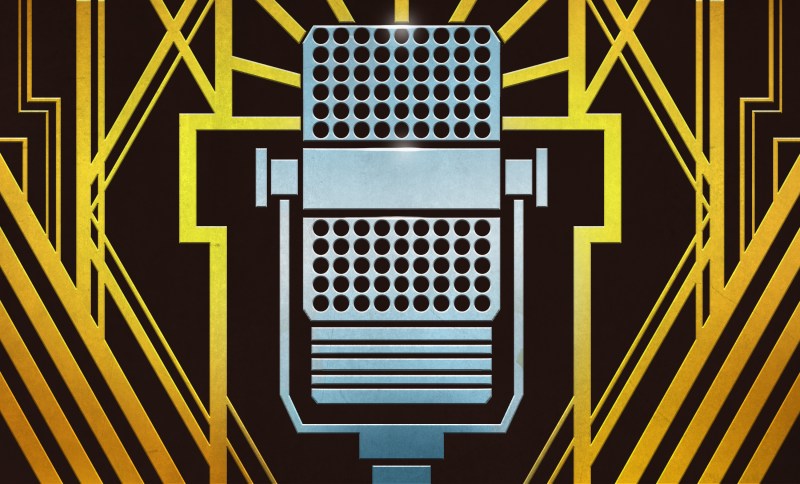Even for those with paraskevidekatriaphobia, today is your lucky day as Editor-in-Chief Elliot Williams and Staff Writer Dan Maloney sit under ladders with umbrellas while holding black cats to talk about the week in awesome hacks. And what a week it was, with a Scooby Doo code review, mushrooms in your PCBs, and the clickiest automatic transmission that never was. Have you ever flashed the firmware on a $4 wireless sensor? Maybe you should try. Wondering how to make a rotary Hall sensor detect linear motion? We’ll answer that too. Will AI muscle the dungeon master out of your D&D group? That’s a hard no. We’ll talk about a new RISC-V ESP32, making old video new again, nuclear reactor kibble, and your least satisfying repair jobs. And yes, everyone can relax — I’m buying her a new stove.
Download the podcast in case our servers get unlucky.
Check out the links below if you want to follow along, and as always, tell us what you think about this episode in the comments!
Episode 201 Show Notes:
News:
What’s that Sound?
- Congratulations to [blessedcustardwaffler] for recognizing the sound of a Portal gun!
Interesting Hacks of the Week:
- Classic Video Chip Drives A Modern TFT
- Retrotechtacular: Critical Code Reading, 70s Style
- Spaceballs Get Serialized
- Replace Your Automatic Transmission With A Bunch Of Relays
- New Part Day: ESP32-P4 Espressif RISC-V Powerhouse
- Clever Mechanism Makes A Linear Control From A Rotary Hall Sensor
Quick Hacks:
- Elliot’s Picks:
- Dan’s Picks:
Can’t-Miss Articles:
- Ask Hackaday: What’s Your Worst Repair Win?
- The Intricacies Of Creating Fuel For Nuclear Reactors
- Collection of Mining And Refining pieces (so far)
















@Elliot I’m pretty sure the Y in the video signal stands for luminance, not yellow. Splitting the video signal in luminance and color difference signals had the advantage that you had a, well, proper luminance video signal which you wouldn’t have with RGB.
Aha! You’re right! It’s YUV like composite video … I get it. Thanks.
The way it gets the full colors is still mysterious, but since recording, this bugged me and I went digging in the code. The chip only make 15 colors, and he’s got a lookup table from the observed values to what the color should be.
With the reduced spectrum, one color channel is enough? That’s wild, but totally plausible.
https://en.wikipedia.org/wiki/TMS9918